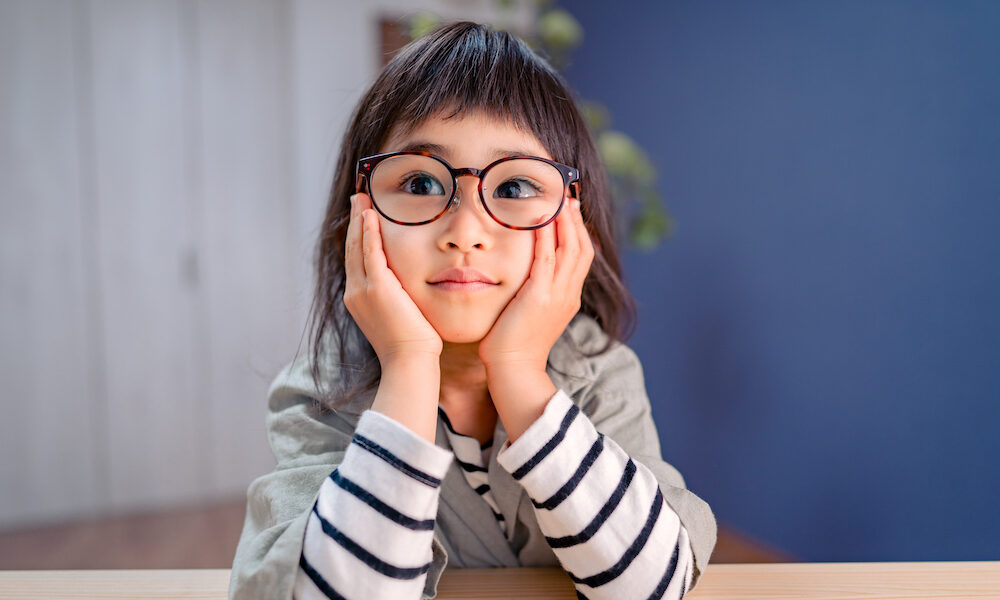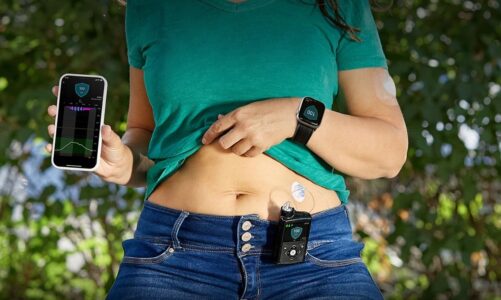Orthokeratology in Singapore, often known as ortho-k, is where rigid gas-permeable contact lenses are worn overnight. The patient sleeps in order to reshape the cornea and correct mild to moderate degrees of nearsightedness or farsightedness. Patients do not have to wear the lenses during the day, but since the impact is only brief, patients must wear the lenses consistently during the night to preserve clear vision during the day.
Who are the suitable candidates for orthokeratology treatment?
Ortho-k has emerged as an enticing choice for many children who have been diagnosed with myopia, particularly those who participate in activities such as athletics or other pursuits that make it difficult to wear glasses. For example, suppose the myopia of the kid is less than -6 diopters of spherical equivalent. In that case, parents can put contact lenses in their child’s eyes before the child goes to sleep, then remove the lenses in the morning, and the child will have a near-perfect vision for most of the day. In addition, several studies have indicated that ortho-k may assist in preventing myopia, which is why many parents have turned to it to manage the condition in their children.
What is the big deal about myopia?
There has been a significant rise in the incidence of myopia all over the world. Still, it is particularly prevalent in East Asia, where estimates reaching up to 90 per cent have been observed among university student populations. Even at very modest levels, myopia is associated with greatly higher chances of disorders that might lead to blindness, such as myopic maculopathy, retinal detachment, cataracts, and glaucoma. This is in addition to the financial burden that myopia imposes. As a result, the evolution of myopia, which normally reaches its peak between the ages of 8 and 12 years old in Singapore, is now the primary focus of attention instead of just treating the repercussions of the condition.
Does the use of orthokeratology slow down the growth of myopia?
2011 marked the publication of one of the earliest studies that suggested ortho-k might decrease myopia’s progression. They discovered that overnight orthokeratology prevented children’s eyes from becoming too long.
Since then, further research has been published, most of which concluded that ortho-k is much more effective than spectacle correction in preventing axial elongation in children. This was the conclusion reached by the majority of the investigations.
What potential dangers does orthokeratology present?
Because orthokeratology requires patients to wear contact lenses while sleeping, there is an increased risk of hypoxia, also known as decreased oxygen, which can cause the cornea to bulge. In adverse situations, the user may potentially get eye infections such as infectious keratitis (corneal infections), which can lead to perforation of the cornea. Even if treated successfully, it can leave a scar. Another possible eye infection is conjunctivitis, which is an inflammation of the conjunctiva.
These variables could, in the long run, affect overall eyesight.
Conclusion
The total therapeutic efficacy of orthokeratology may be kept at a high level with the aid of a properly fitted lens, appropriate compliance with lens care instructions, and routine visits to an ophthalmologist or optometrist.
Before pursuing this method of myopia management, it is important, as a result, for the parent of the kid to give the matter due thought and make an educated choice.




